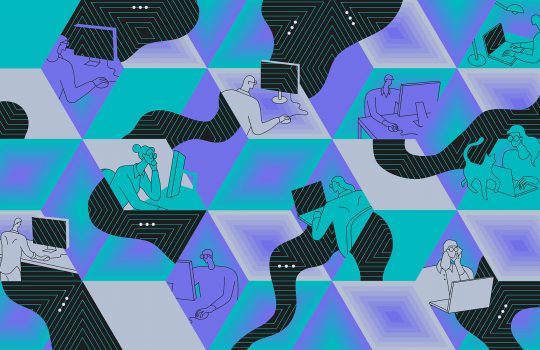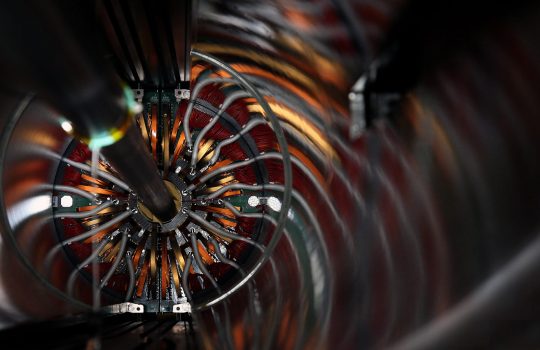From particle physics to hospitals: The U.S. FDA authorizes the Mechanical Ventilator Milano within the scope of the emergency use authorization for COVID-19 ventilators
From MVM collaboration, May 5, 2020: The Mechanical Ventilator Milano is an innovative ventilator, conceived and designed by an international collaboration of particle physicists and developed in cooperation with other relevant scientific communities. Its mechanical design is simple, using a small number of parts to facilitate rapid production. Fermilab scientists volunteered their time to design, test and finalize the MVM.




